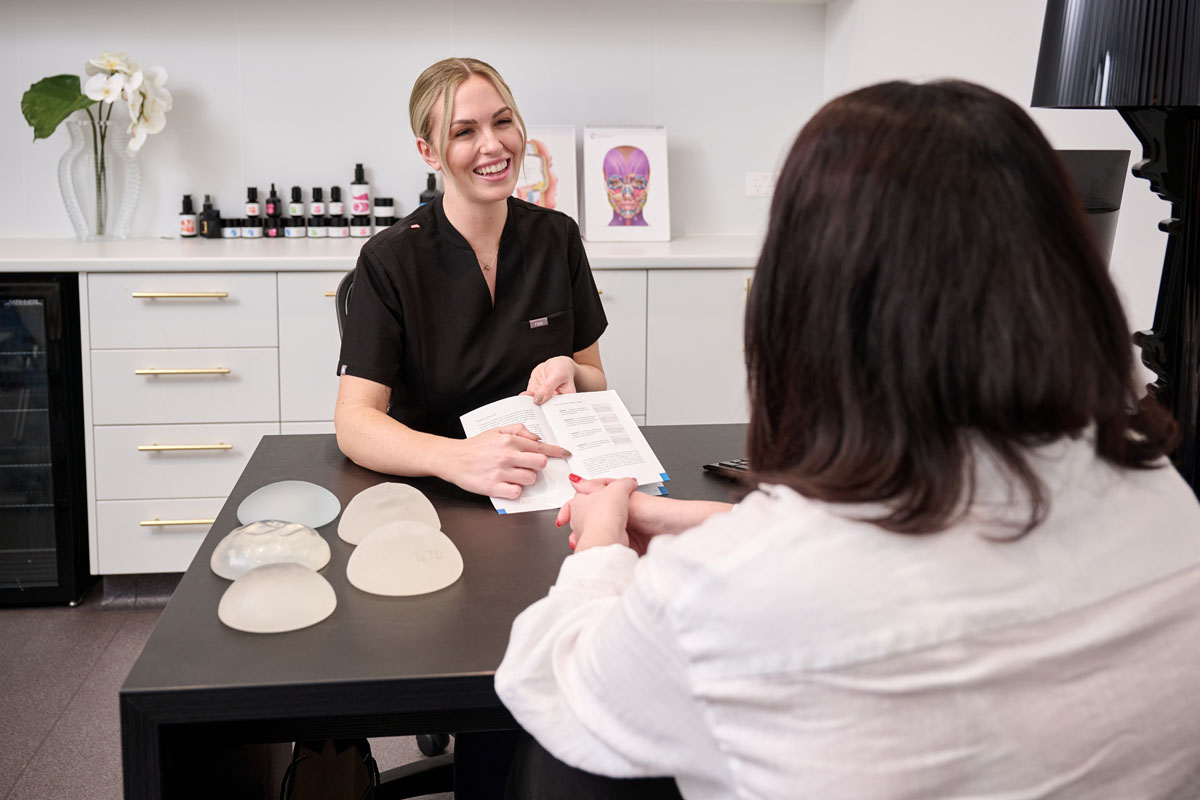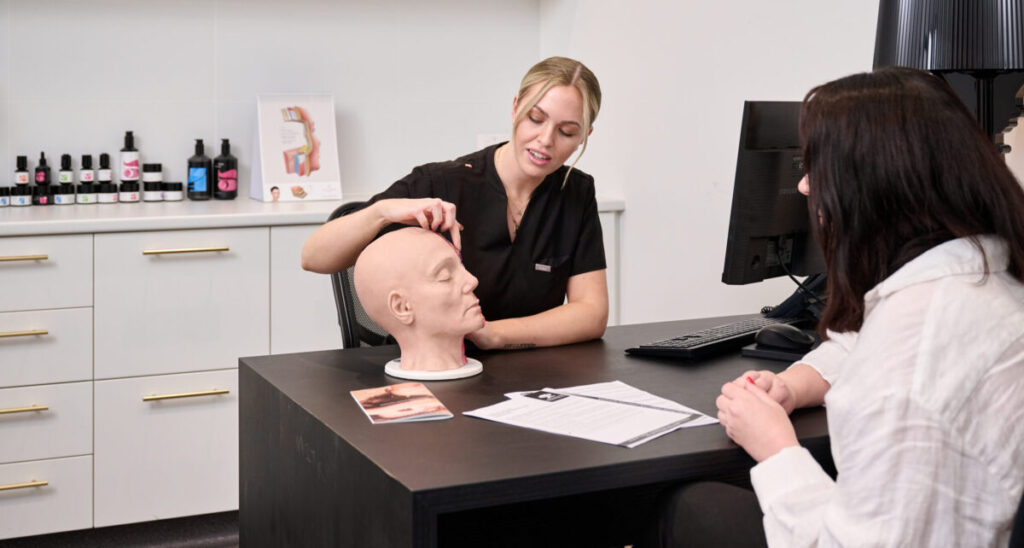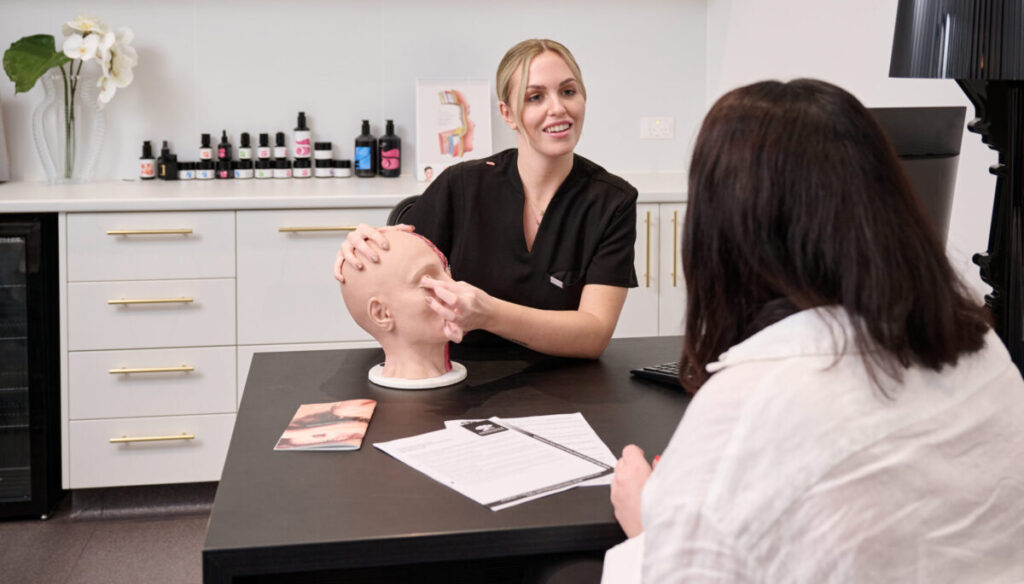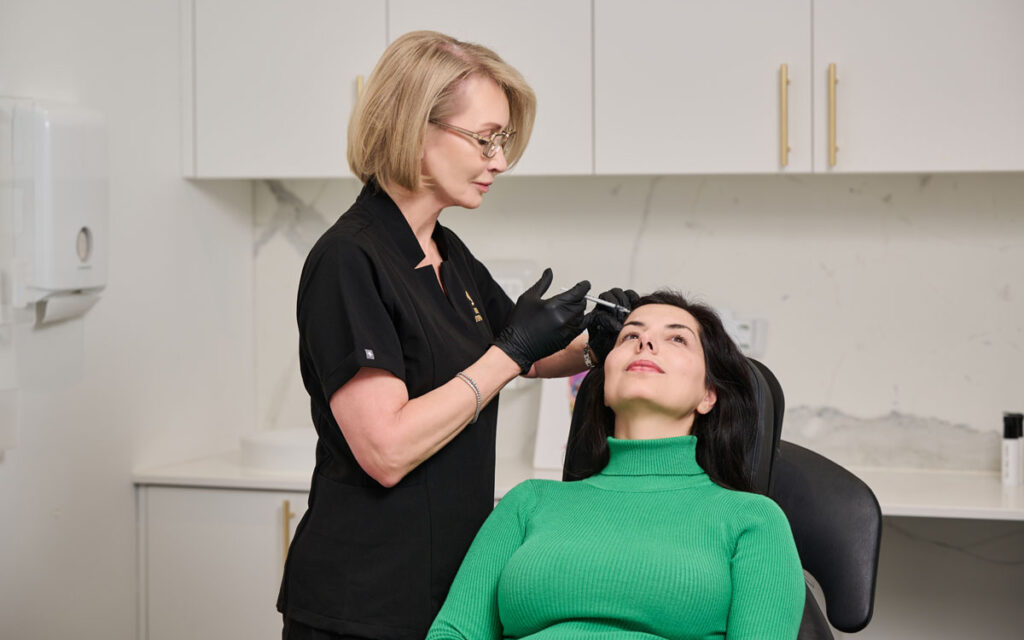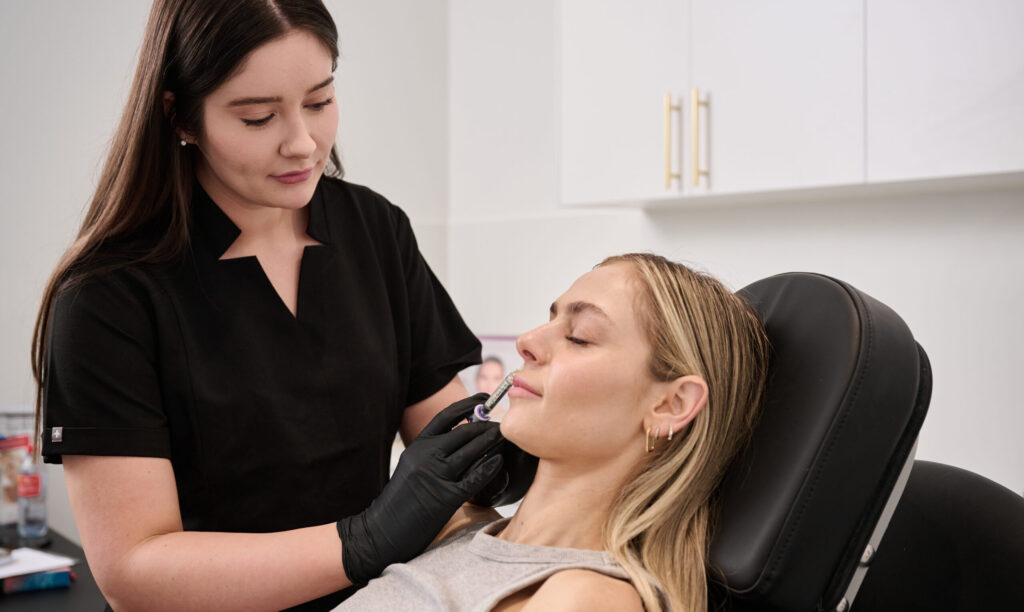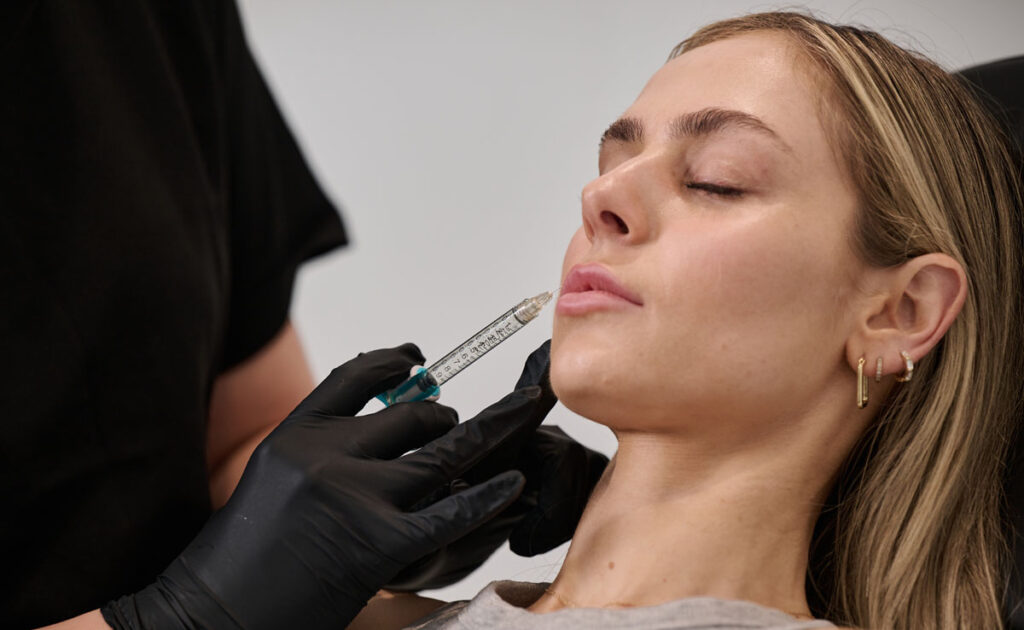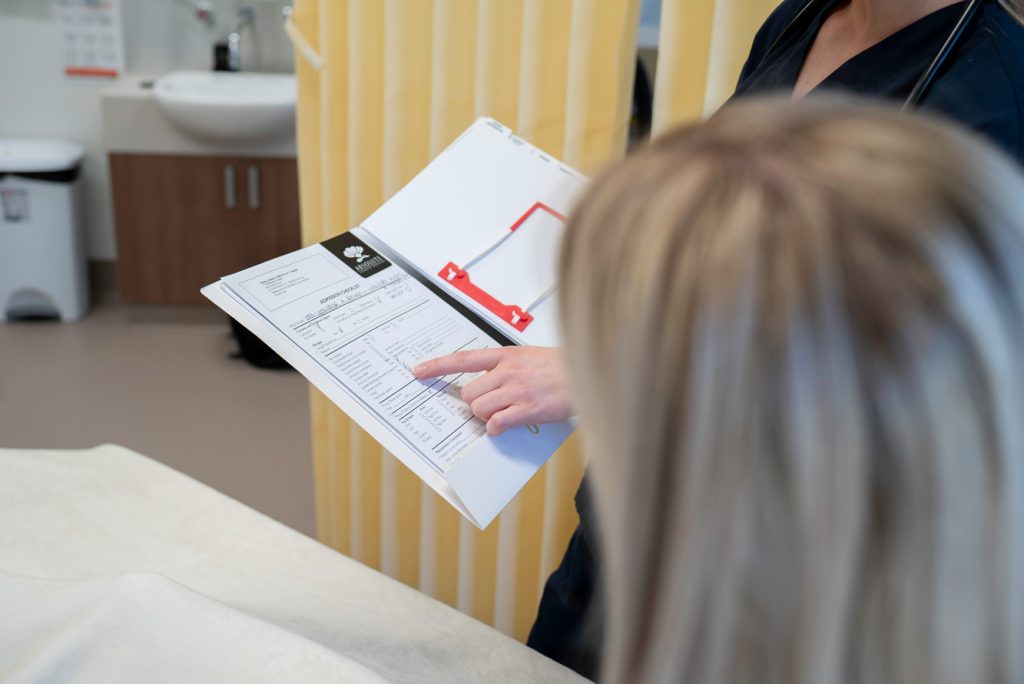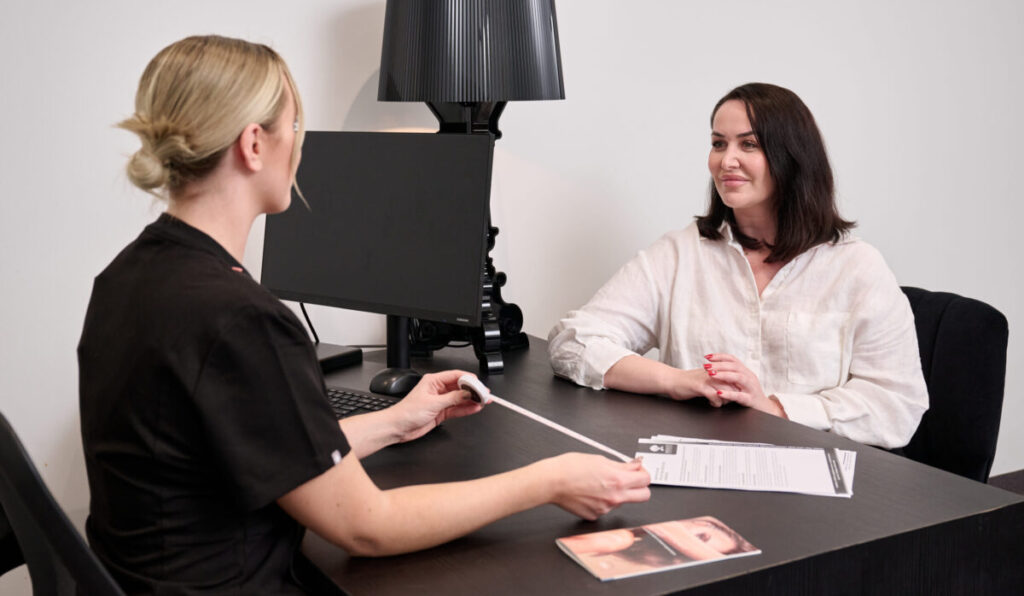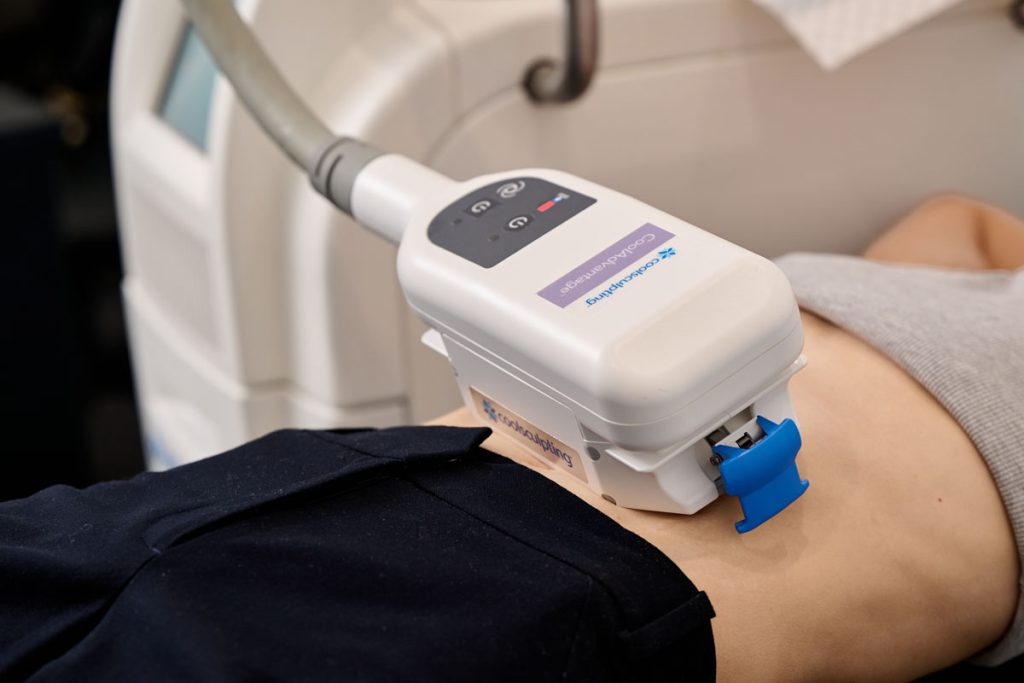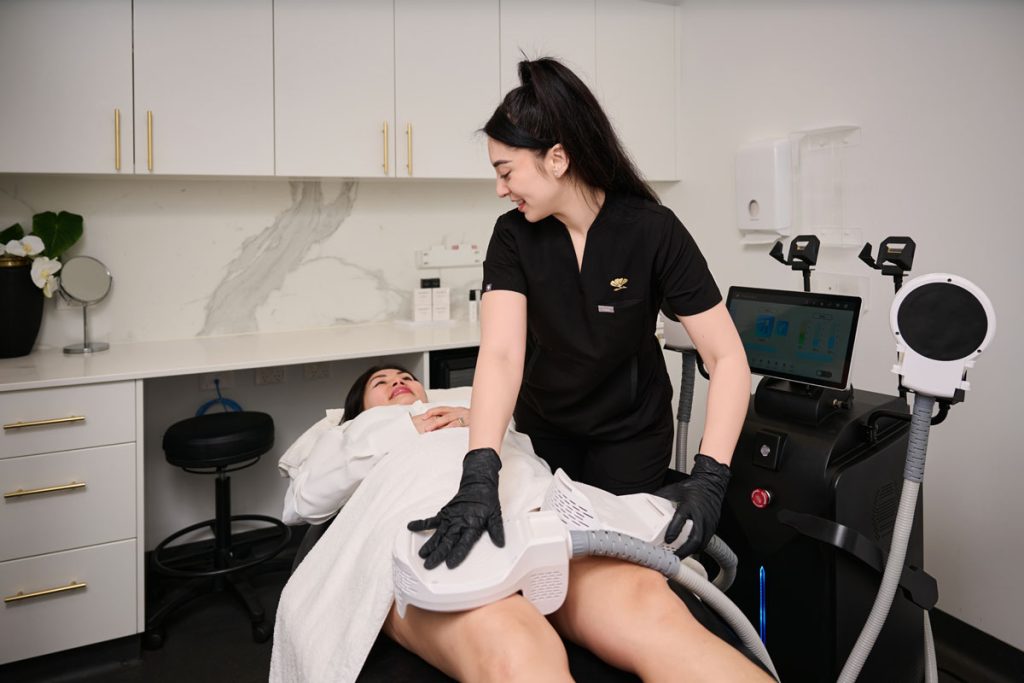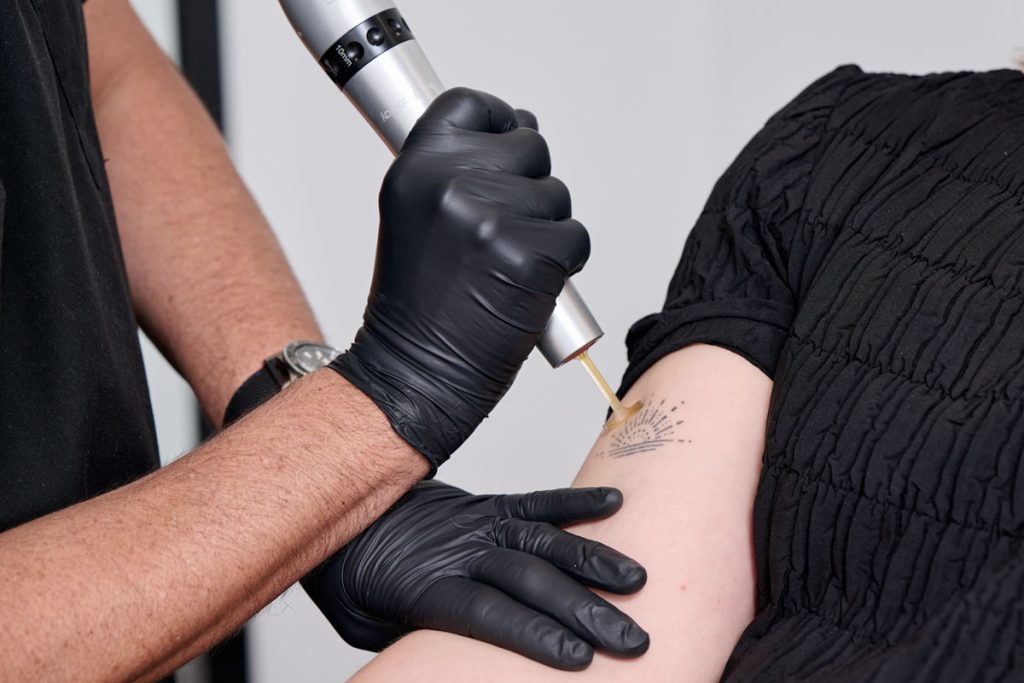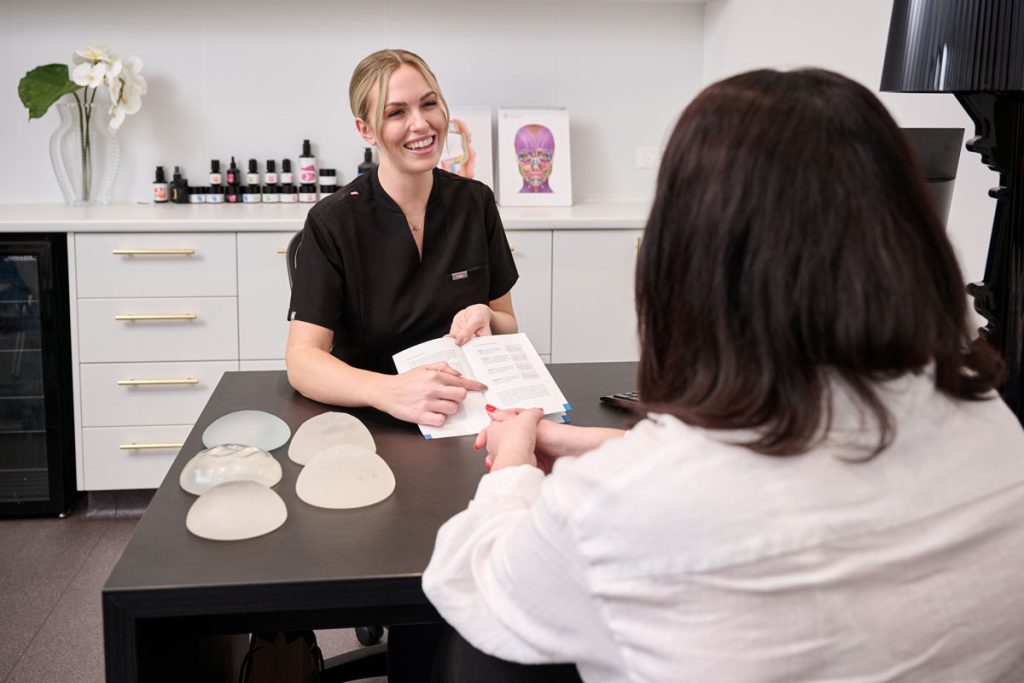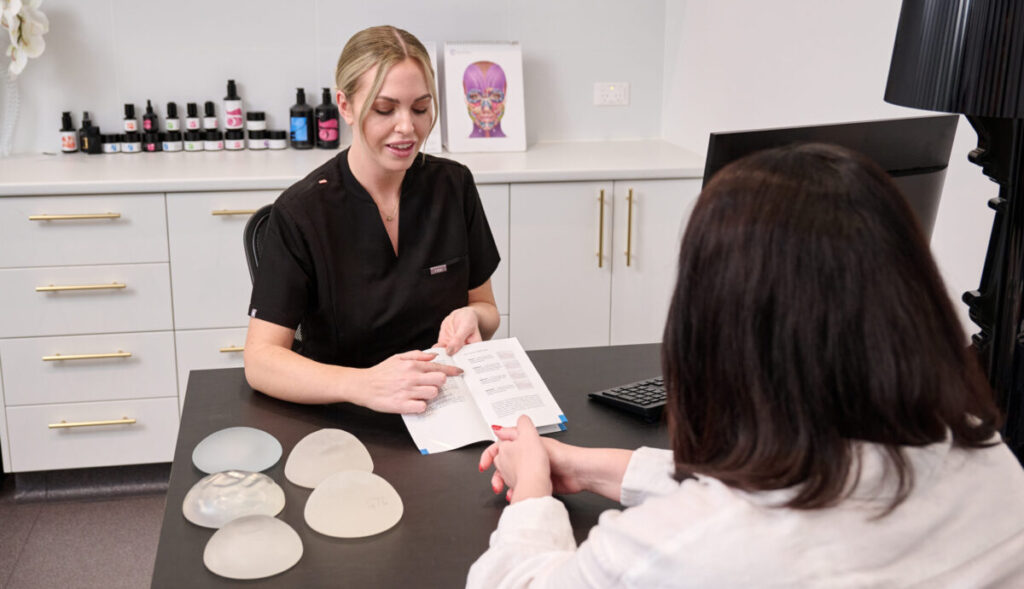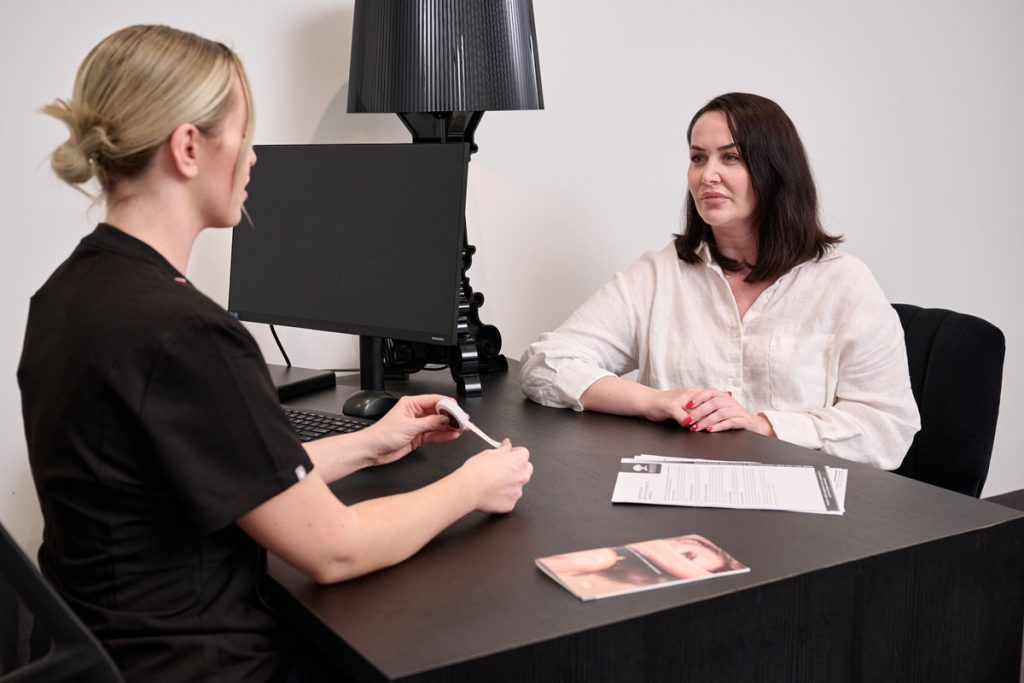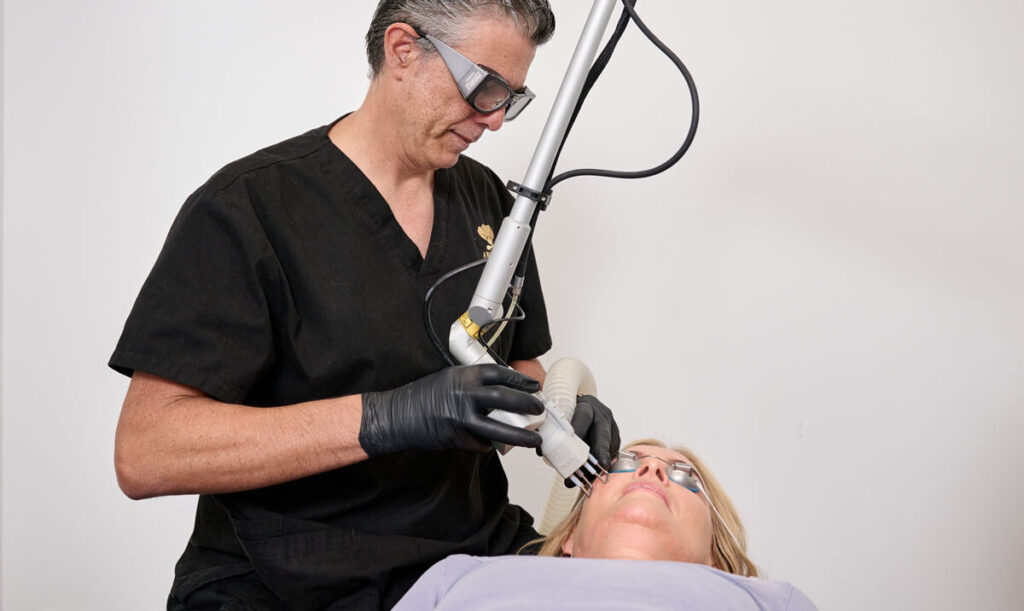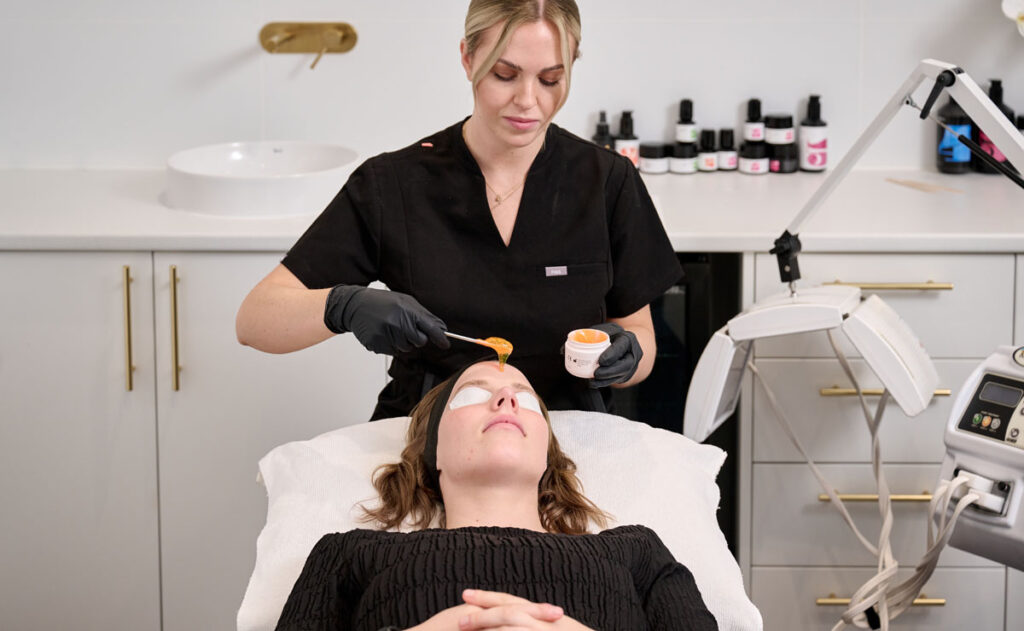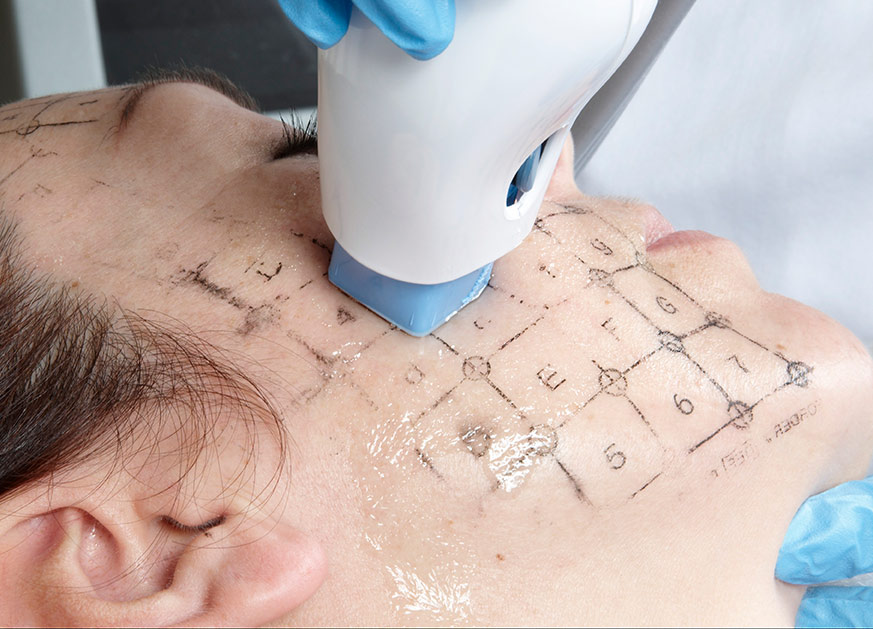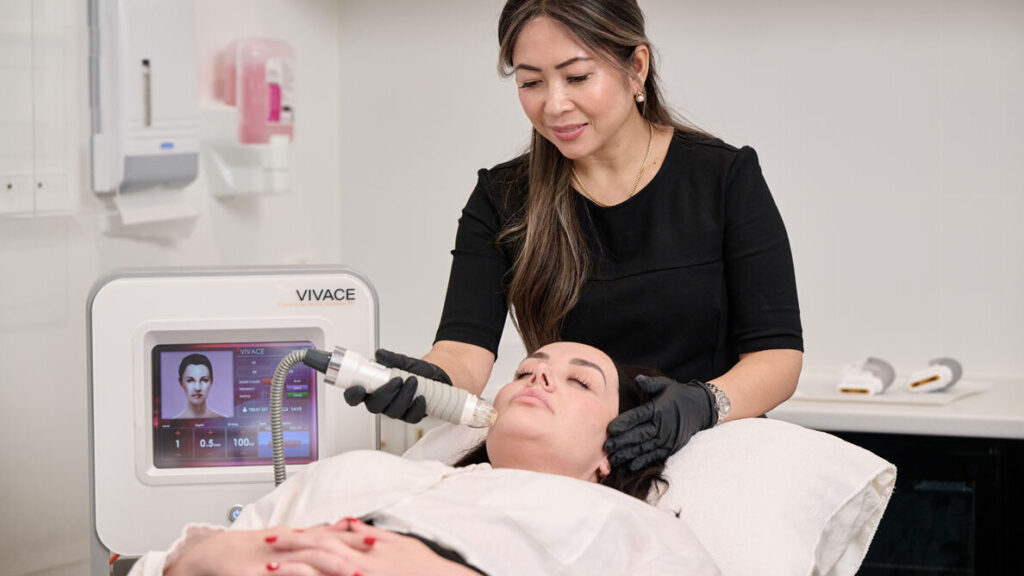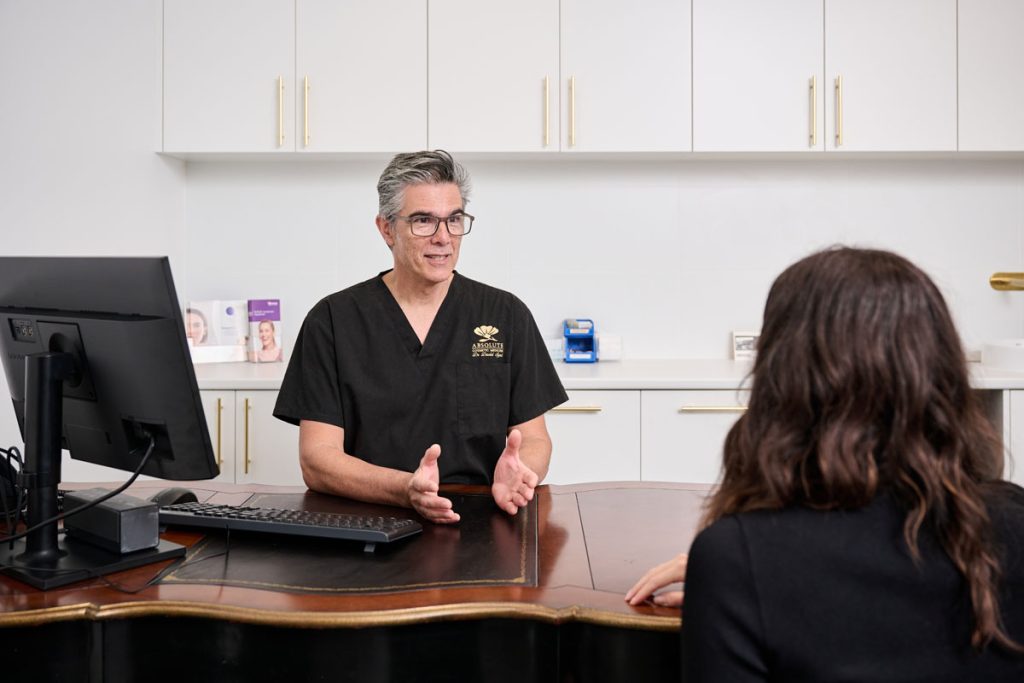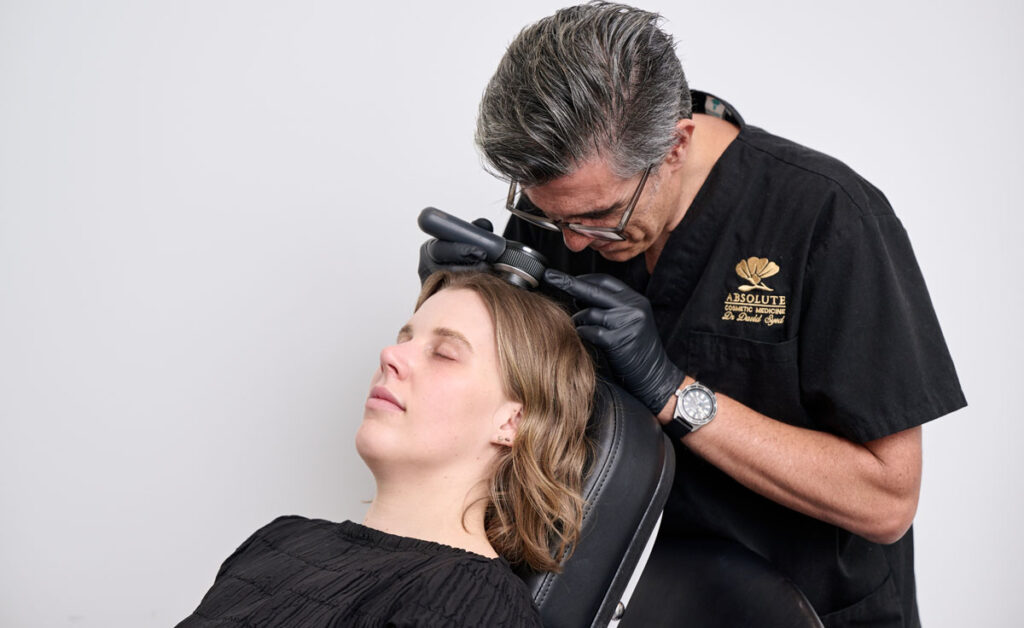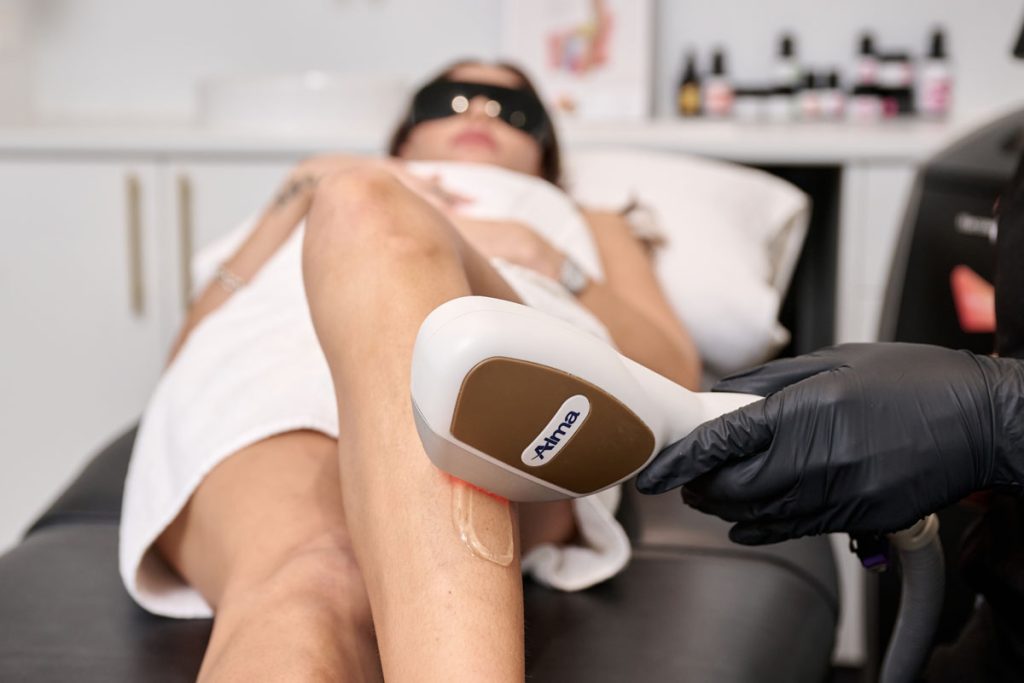Breast Implants have been a hot topic in the news recently. It must be noted that the majority of patients do not have concerns with their implants and that all procedures or operations do have complications that are possible and breast implants are no different.
At Absolute Cosmetic, we have performed the 14-Point-Plan for many years and our rate of capsular contraction is very low, at .1%. The average rate of capsular contraction is 2-3% and in some clinics up to 20%, especially those that are doing it under time and financial restraints. It must always be remembered that when you get a cheap deal in a production line type clinic, then corners may be cut to provide this cheap deal.
So what does the 14 Point Safety Plan entail?
The aim is to not touch the implant at all and make sure that the pocket is as sterile as possible when the implant is being placed into the tissue. Using intravenous antibiotics at the time of surgery and washing the implant in these plus an antiseptic such as Betadine is a key component.
Not inserting the implant via the axilla or areola region avoids more external bacterial contamination. Using nipple shields also assists with excluding bacteria. Performing meticulous haemostasis, avoiding cutting into the breast tissue and placing the implant subfascial or dual plane. We use a sleeve to avoid contamination with the skin and new instruments for insertion of the implant. Lastly, preventing the implant from being exposed to the atmosphere meaning the insertion is expedited.
The 14-Points-of-Safety include:
1. Use intravenous antibiotics at the start of the anaesthetic to help destroy any bacteria which might be introduced during the surgery.
2. Avoid periareolar incisions (around the nipple); these have been shown in both laboratory and clinical studies to lead to a higher rate of contracture as the pocket dissection is contaminated directly by bacteria within the breast tissue. Similar logic could be applied to axillary incisions (in the armpit).
3. Use nipple shields to prevent spillage of bacteria from the breast ducts into the prosthesis pocket.
4. Perform careful atraumatic dissection to minimise damage to the breast tissue. Bacteria grow more readily on damaged tissue.
5. Carefully stop any bleeding during surgery, to minimise blood collecting around the breast implants
6. Avoid cutting into the breast tissue itself. Using a submuscular, dual plane or subfascial pocket also decreases the risk of bacteria from the breast tissue coming into contact with the breast implant
7. Perform pocket irrigation with appropriate solutions including half strength betadine or proven antibiotics solutions
8. Use an introduction sleeve, so that the breast implant does not come into direct contact with the skin and its bacteria.
9. Use new instruments and drapes, and change surgical gloves before handling the implant.
10. Minimise the time between opening the breast implant from its sterile packaging and placing it in the anatomical pocket.
11. Minimise repositioning and replacement of the implant.
12. Use a layered closure.
13. Avoid using a drainage tube, which can be a potential site of entry for bacteria.
14. Consider the use of antibiotic prophylaxis to cover subsequent procedures that breach skin or mucosa.
- Licensed day hospital
- 24 hour aftercare number
You must remember that complications do occur in any surgery and breast implant insertion is a form of surgery that should be taken seriously. Revision surgery and breast lifts may be needed in some patient, plus the complete avoidance of capsular contraction is impossible as the exact cause is not known. Breast implant-associated lymphoma is a very rare condition that is linked to some brands of rough textured implants. Good aftercare is extremely important for monitoring these conditions. BII has been thoroughly assessed in our practice, and we do not have a true case to date. Breast Implant Illness should not be confused with capsular contraction, leakage of implants or infection. Good quality implants are made to a high standard and the possibility of toxic exposure to chemicals is negligible. When assessing concerns for this, you must always consider family history and other health concerns not just the implant. If depression or Rheumatoid disease run in the family and especially in relation to family members without implants, then the case is more likely to be genetic, although more study is needed in this field.
For an assessment of any concerns or more information, please do not hesitate to contact us on 1300 New You, and discuss what is required to book in a consultation with Dr Murray.
